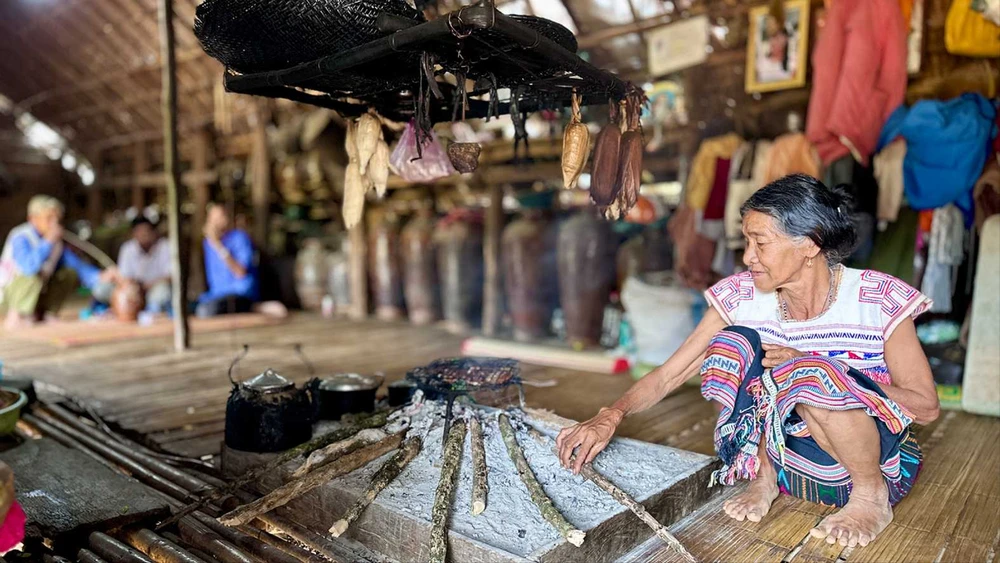
Unique long house
Returning to Loc Bac commune, Bao Lam district (Lam Dong province) after nearly 10 years, we visited Mrs. Ka Diet’s family (Bo Dang hamlet, village 2), where the last longhouse in the area is still preserved. Although the rice barn next door is no longer there and has been replaced by a solid house, Mrs. Ka Diet still uses the longhouse as her daily living space.
The village elders told us that the Ma people's long houses have been passed down through many generations. Mrs. Ka Diet's house is nearly 15m long, with a roof and walls made of rattan leaves, a floor made of bamboo, about half a meter above the ground, and the traditional arrangement of household items is still preserved. From the area for storing food, tools, gongs, jars, pots, drums and other musical instruments are displayed right opposite the entrance. Next is the area in the middle of the house where items used in rituals such as poles, animal horns, bird feathers are displayed... In particular, the kitchen fire is always smoldering in the billowing smoke, and a layer of soot (fine dust from the kitchen) covers the gaps in the thatched roof, a sign that the house is still a place to live every day.
According to the elders in the village, here fire and gongs are two inseparable entities. The fire nourishes the sound of the gongs, and the gongs stop sounding when the fire is lost. And up to now, only in Mrs. Ka Diet’s house, the gongs, cymbals, jars, along with all the rituals, wedding ceremonies, funerals… still exist and are preserved by her.
In Mrs. Ka Diet's house, we were fortunate to witness the hostess performing a ritual to report to Yang (the gods). After the guests settled down, Mrs. Ka Diet carefully smeared chicken blood on each pillar and thatched roof, her mouth continuously reciting a certain line as if to inform the gods about the presence of the guests at lunch, and at the same time asking the gods to bless everyone. Since ancient times, the Ma community has believed that all actions in their daily lives are controlled by supernatural forces that they call Yang. They worship many Yangs such as Yang Hiu (house god), Yang Koi (rice god), Yang Bri (forest god), Yang Bonom (mountain god). But because they believe that everything in their lives happens according to the gods' wishes, before each important occasion such as a good harvest, birth, illness or welcoming distinguished guests to their home, the Ma people often use animals to perform rituals and report to the gods.
In Bo Dang village, not everyone can preserve their ancestors' customs like Mrs. Ka Diet. The introduction of foreign cultural elements has greatly affected the lives and lifestyles of the people here. Sitting and counting the old jars in a corner of the house, Mrs. Ka Diet said: "In recent years, my family has not used many of the things in here anymore. But when guests from far away come, I will still inform Yang, praying for Yang to bless everyone. The people believe that in each gong there is the presence of a god, the older the gong, the greater the power of the god."
Flickering old marks
The road to the center of Loc Bac commune today has been paved with smooth asphalt, and more and more well-built houses have sprung up, demonstrating the development and changes in the lives of the people here. The long house of Mrs. Ka Diet's family now stands alone among those solid structures.
In the memories of people like Mrs. Ka Diet or the village elders in Loc Bac, in the past, long bamboo houses, up to a hundred meters long, were the common living place of 3-4 generations, sometimes up to 7 kitchens, 7 households living together. “The long house has been a familiar residence for thousands of years for our residents. In the common house, the space is not separated, small families still perform their daily activities every day and every night. It shows the solidarity of the small community among the Ma people”, said Mr. K'Xung (67 years old, a prestigious person in village 2, Loc Bac commune).
Seeing visitors from afar curious about the Ma people's way of living in a traditional long house, Mr. K'Xung added: "There are many ways to explain this type of residence. Besides the advantage of living in a long house, which is cool in the dry season and warm in the rainy season, perhaps in the past, building a long house was just a natural reflex of the Ma people in social life. They needed to unite to fight against natural disasters, wild animals and even wars..."
The movement of modern society has gradually erased the traces of the long house, the risk of losing the "long house culture" is obvious. Mr. K'Nui, Secretary of the Party Committee of Loc Bac commune, shared: "People now like to live in solid concrete houses. Modern life, the trend of compact families, with the independence of "one kitchen" has become popular in the Ma community. Only Mrs. Ka Diet, although her children and grandchildren have built a solid house, still wants to stay with the long house, to preserve, nurture the jars, and light the fire every day".
Before leaving Loc Bac land, we were stunned as if we had just lost something very precious. The long house culture of the Ma people will have many things to tell. When the long house no longer exists, there will be no flickering fires, no lingering smoke in the air, no place to raise gongs, jars or a place for the elderly to sit and tell epic stories to the children so that they can understand the culture of their ancestors...
Source: https://www.sggp.org.vn/thao-thuc-nha-dai-post793689.html




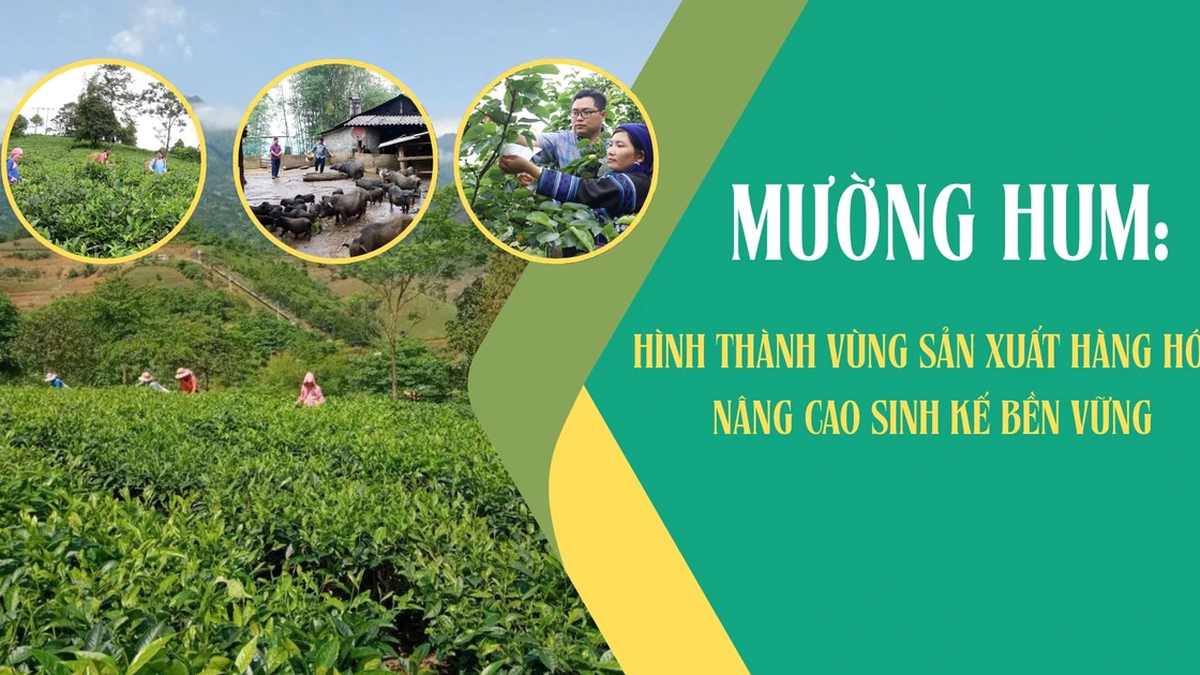
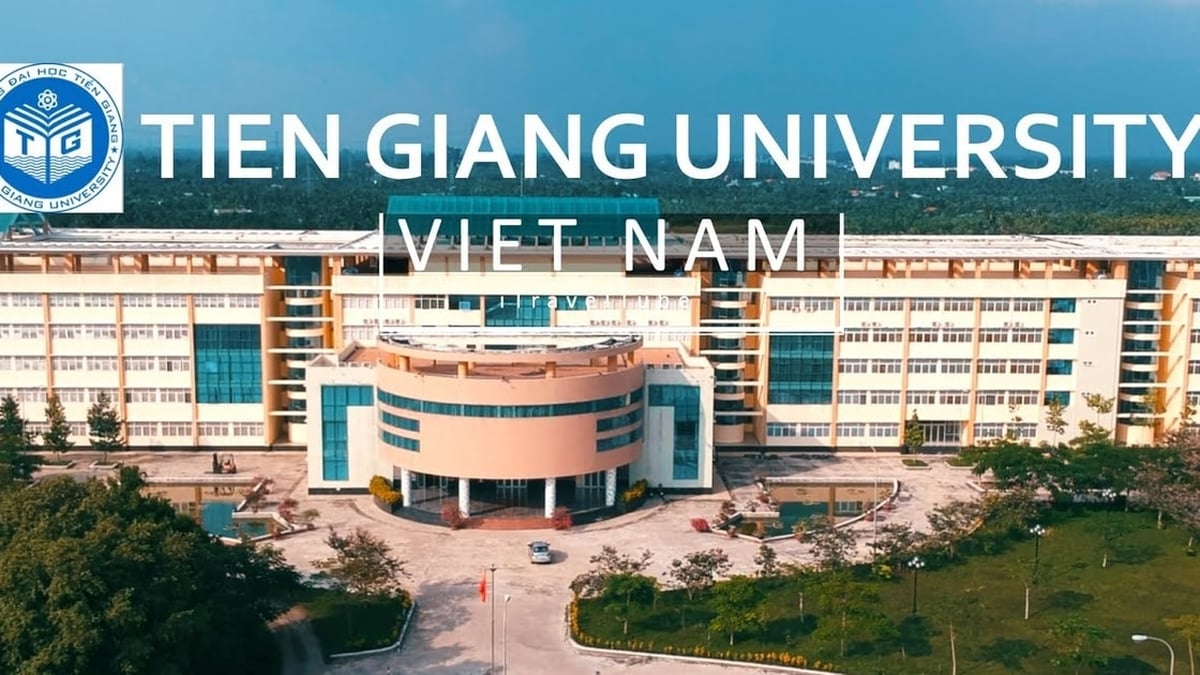
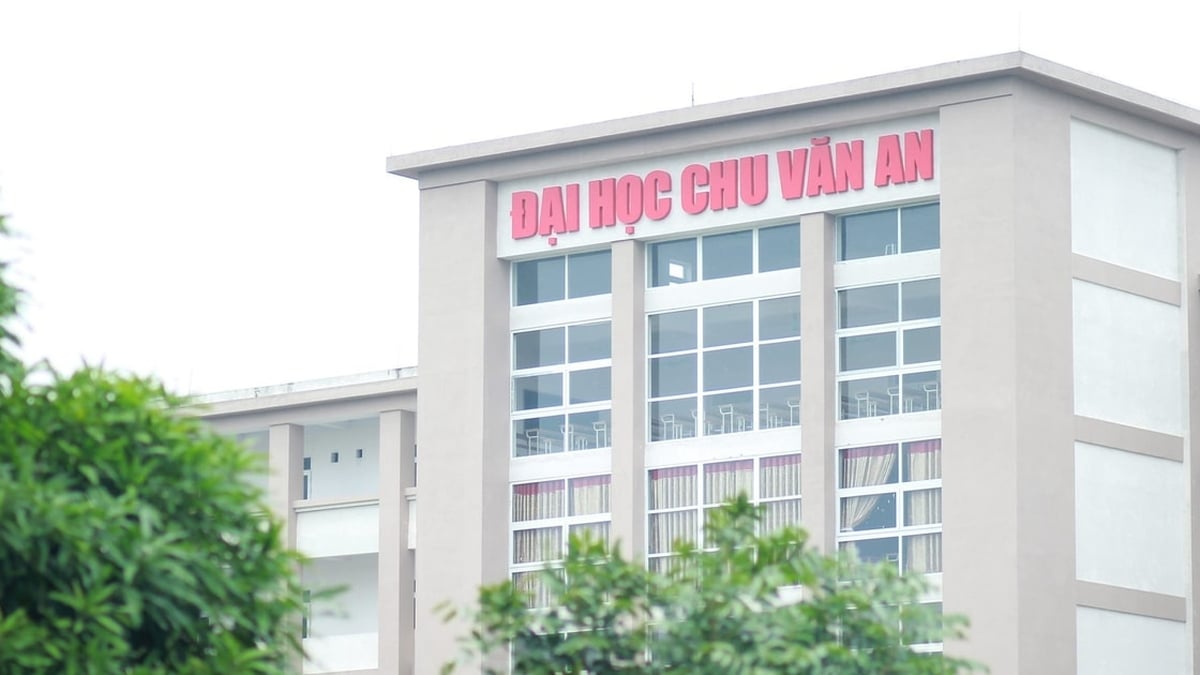

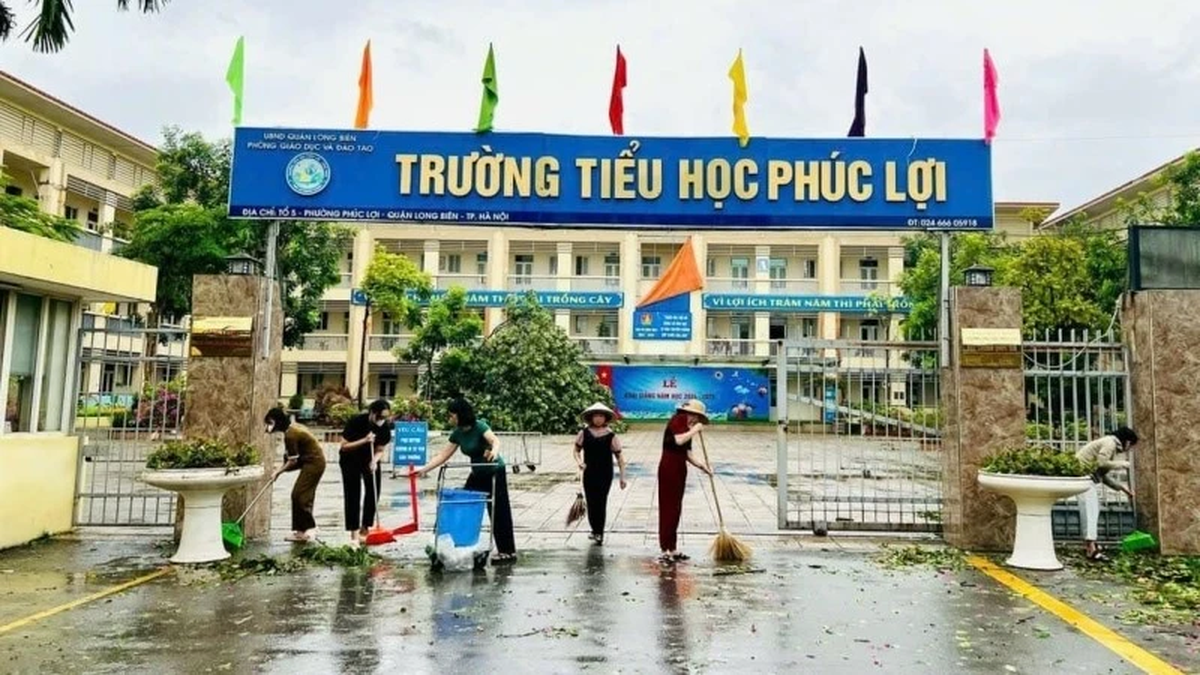
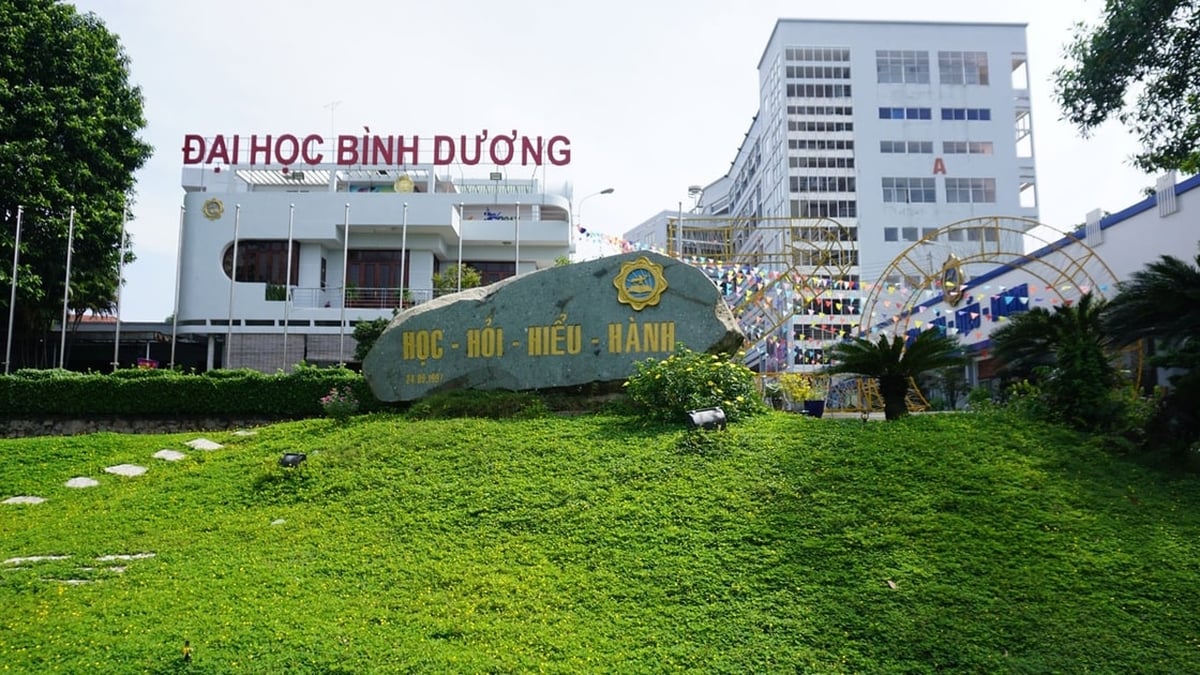
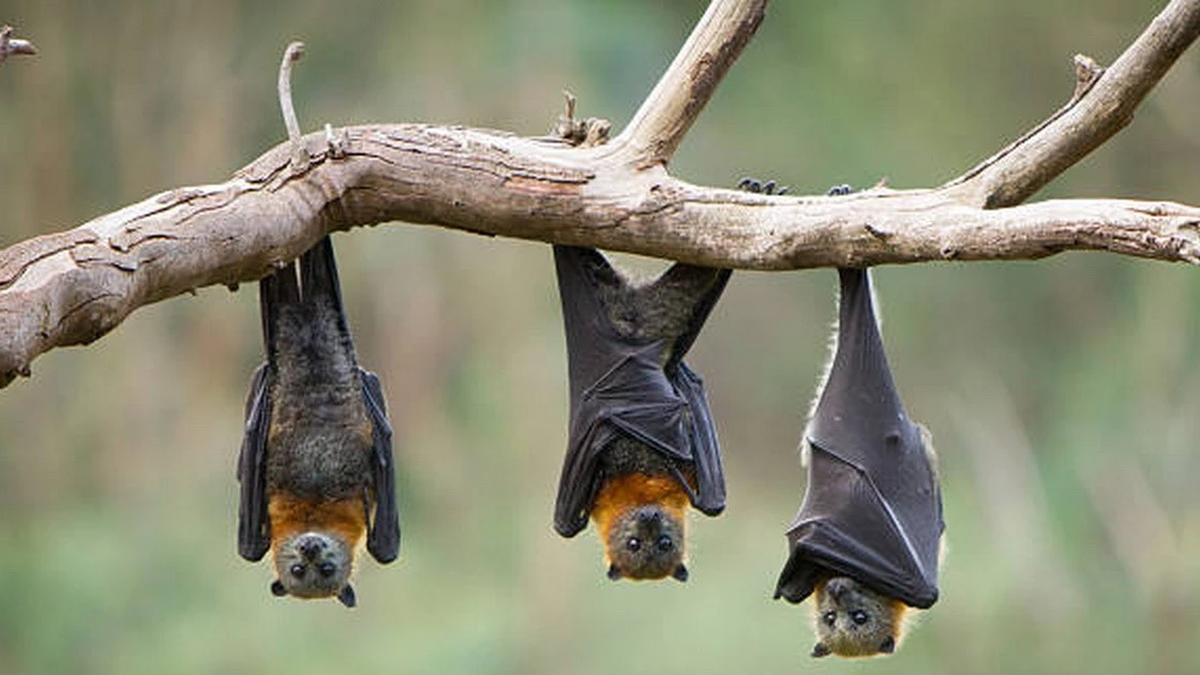
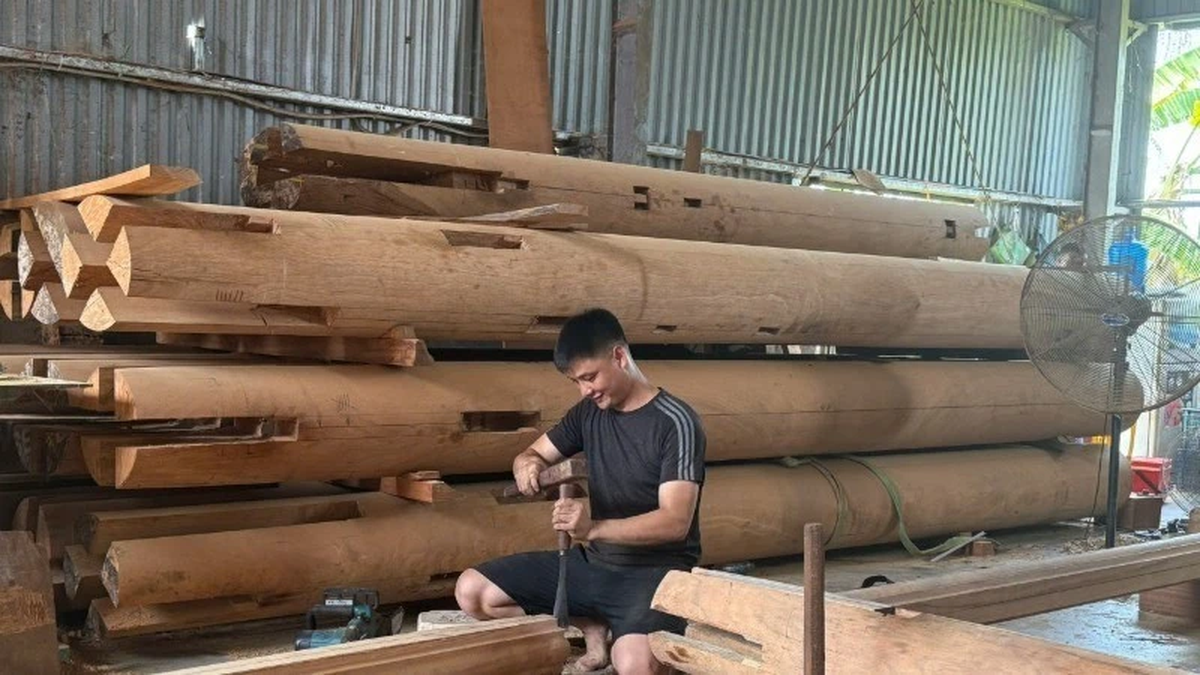















![[Photo] National Assembly Chairman Tran Thanh Man visits Vietnamese Heroic Mother Ta Thi Tran](https://vphoto.vietnam.vn/thumb/1200x675/vietnam/resource/IMAGE/2025/7/20/765c0bd057dd44ad83ab89fe0255b783)




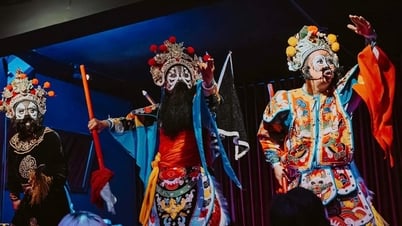

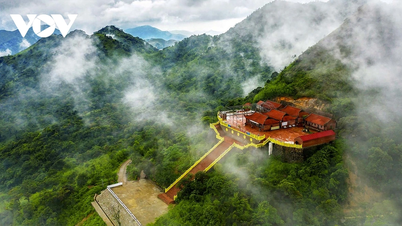



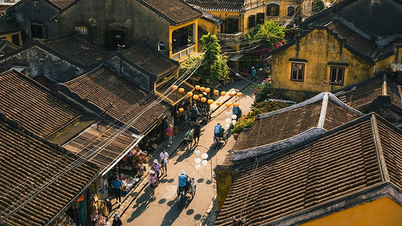








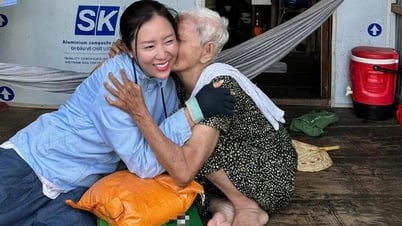
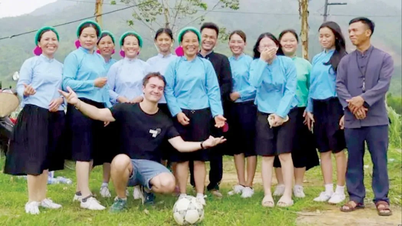


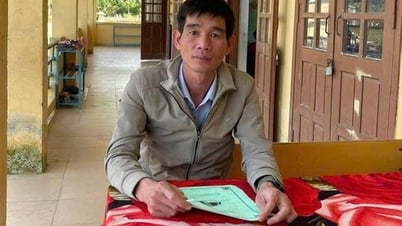




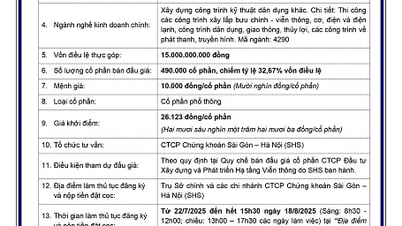




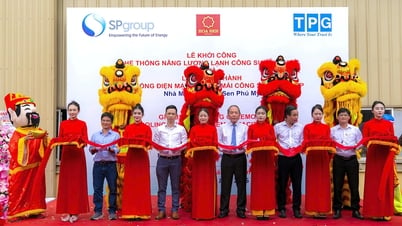
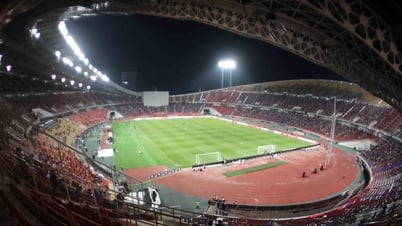

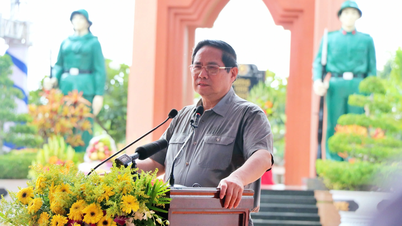

































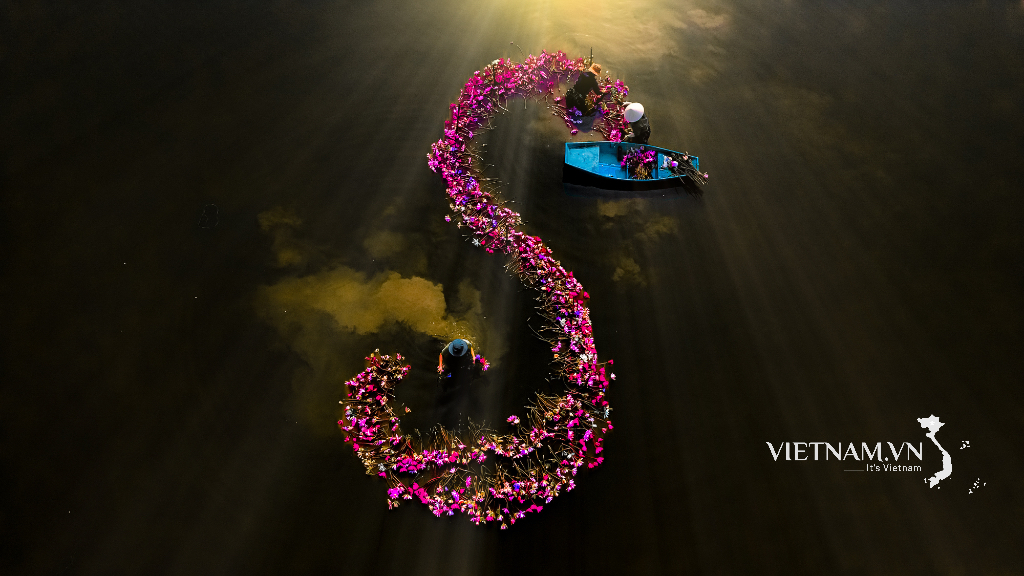
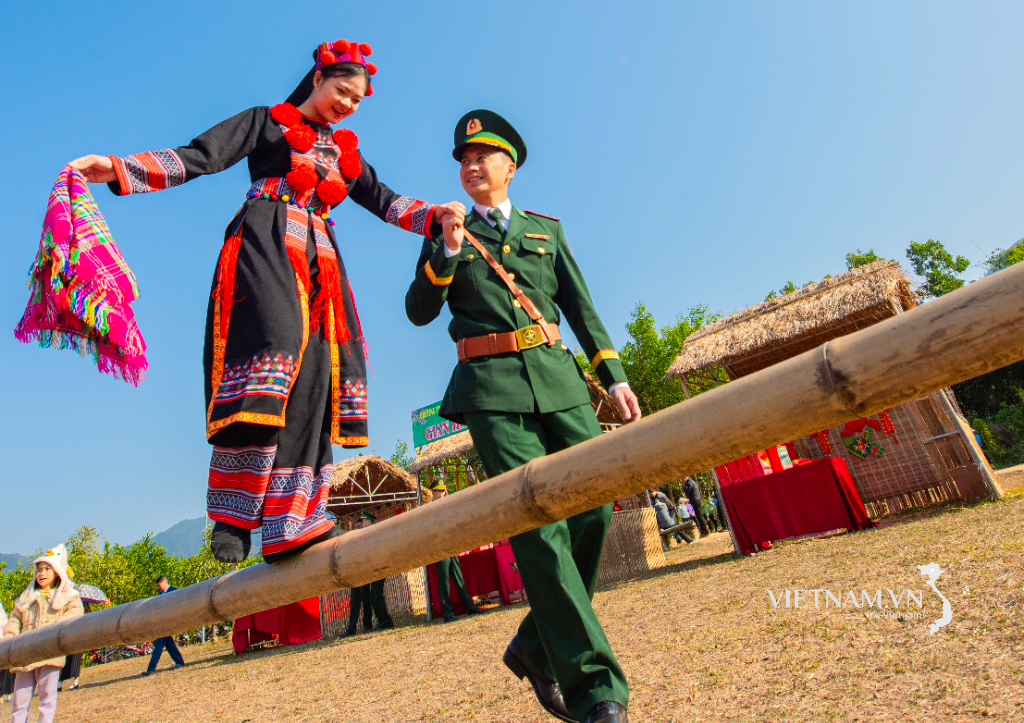
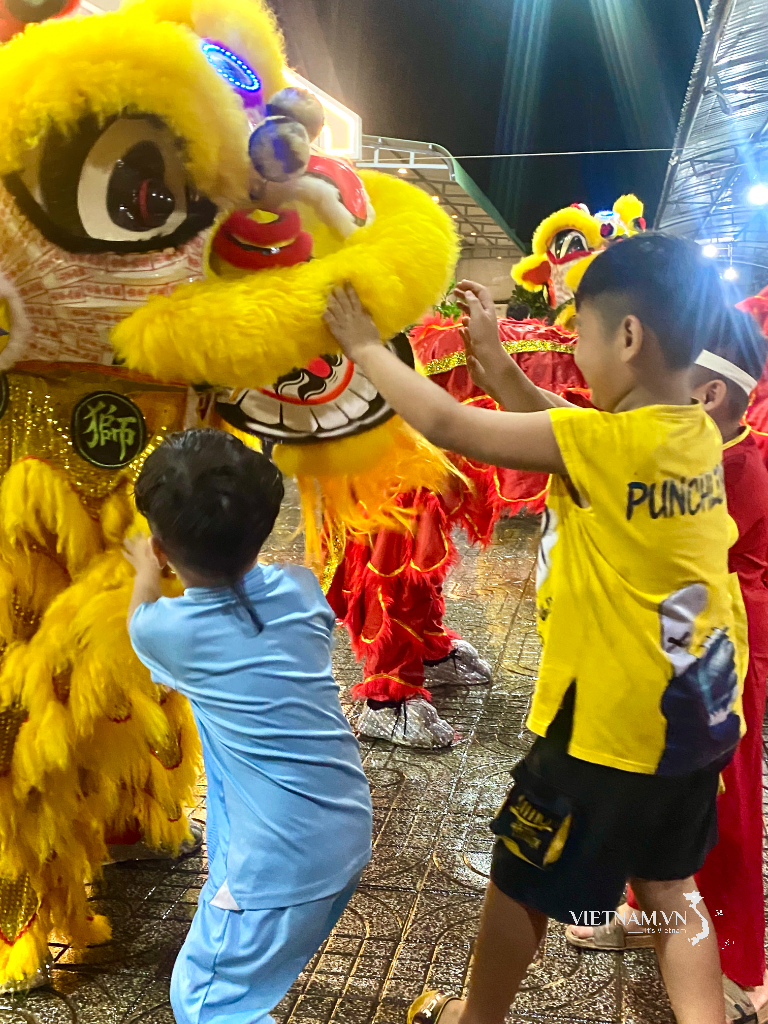
Comment (0)